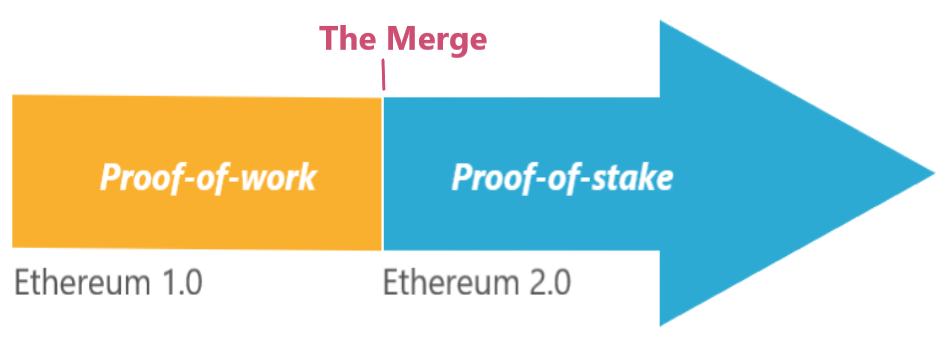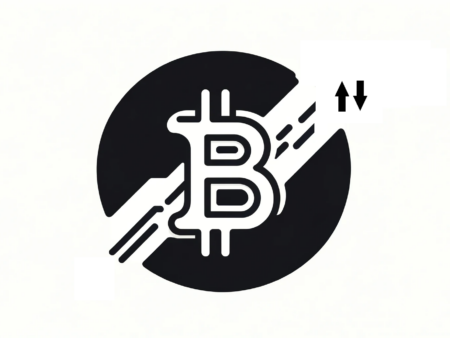The Merge is a major upgrade in the Ethereum blockchain that will replace Proof-of-Work with Proof-of-Stake as the consensus mechanism used.
Ethereum: What is The Merge and When Will it Happen?
If you are a crypto or blockchain enthusiast, it is impossible to have missed all the buzz around Ethereum’s upcoming major upgrade, known as The Merge.
While Ethereum’s official website still doesn’t provide the definitive date (posting only that The Merge is expected to take place in the 3rd or 4th quarter of 2022), a leader in the Beacon Chain project has revealed that the targeted date is September 19th.
The Merge is the event that will mark Ethereum’s move from using the Proof-of-Work (PoW) consensus mechanism to using the Proof-of-Stake (PoS) one. This switch from the energy-intensive PoW to a more sustainable PoS consensus will take place by merging the current Ethereum blockchain (a.k.a Ethereum Mainnet) with the Beacon Chain.
What is the Beacon chain?
The Beacon chain was shipped on December 1st, 2020. It represents a sort of a parallel chain, which unlike Ethereum Mainnet, does not process transactions. Its objective is to act as a consensus engine for Ethereum after the merge with Ethereum Mainnet.
In the meantime, the Ethereum Mainnet continues to do all the things it was designed to do – keep track of all the accounts, balances, transactions, smart contracts and the overall blockchain state. All of this while using Proof-of-Work. On the other hand, the Beacon chain is running in parallel using Proof-of-Stake. Once the two merge, the Beacon chain becomes the consensus layer for Ethereum that validates blocks via the Proof-of-Stake mechanism. With this, Proof-of-Work becomes history for Ethereum.

What else is ahead in Ethereum’s roadmap?
The Merge is only one of the major upgrades planned in the Ethereum blockchain roadmap. The next one, arguably an even more important upgrade, will be the introduction of sharding to Ethereum. Sharding essentially means that 64 parallel blockchains will exist, all coordinated by the Beacon chain using Proof-of-Stake. Sharding is expected to increase transaction throughput in Ethereum to as much as 100.000 transactions per second.
According to the Ethereum website, sharding is only possible in a safe way with a proof-of-stake consensus mechanism. So in a way, The Merge is a step towards the ultimate goal of a high-throughput Ethereum blockchain that will become available via sharding.
Is everyone happy about The Merge?
While the Ethereum leaders are all very excited about The Merge and all the possibilities for scaling it paves the way for, some folks are not happy.
The unhappy folks are the ones who have spent lots of money buying powerful computers to do mining under Proof-of-Work for Ethereum. Under Proof-of-Stake, no big computers are required, as mining goes into history. So these people are worried that their investment will lose a lot of value, as they won’t be able to maximize their returns on the money spent on those computers.
And that’s not all. Some of them are planning to hard fork Ethereum. If an Ethereum hard fork would actually take place before The Merge, it would mean that one version of Ethereum would continue to stay on Proof-of- Work, making the miners happy. They would continue to make money by mining.
The other version of Ethereum would move to Proof-of-Stake. And since the Ethereum leaders, including founder Vitalik Bunderin himself are of course proponents of The Merge, most people expect that this second version of Ethereum will continue to live longer and be more valuable in the long run.


